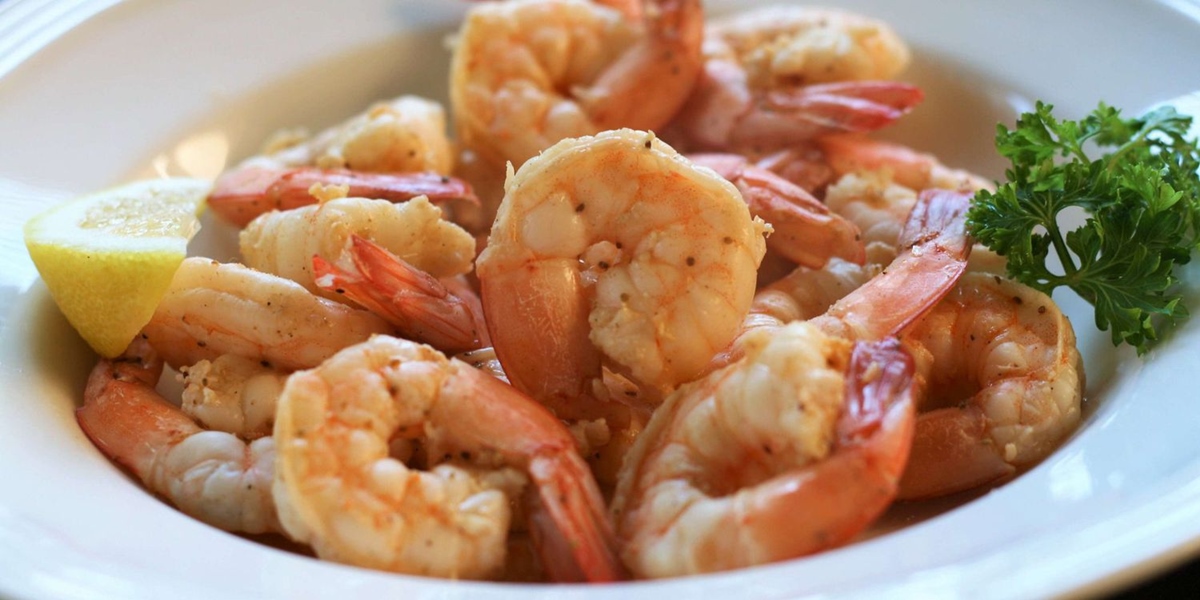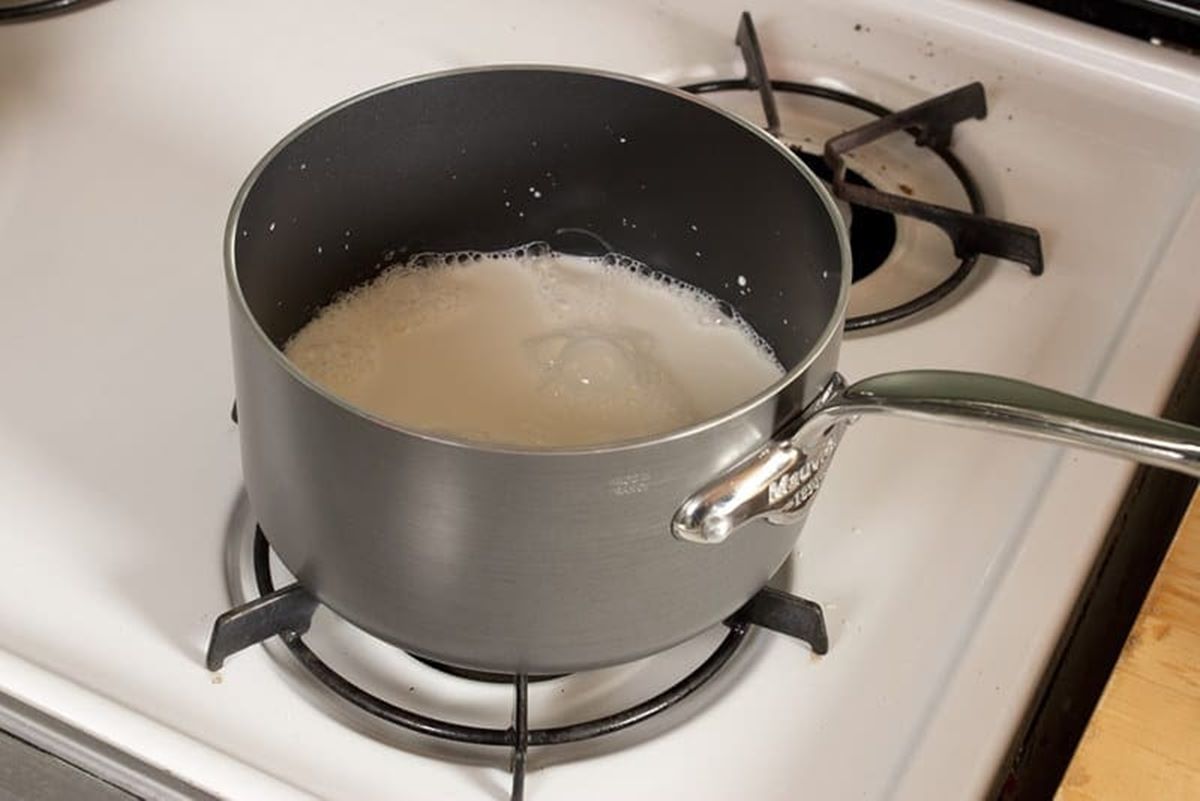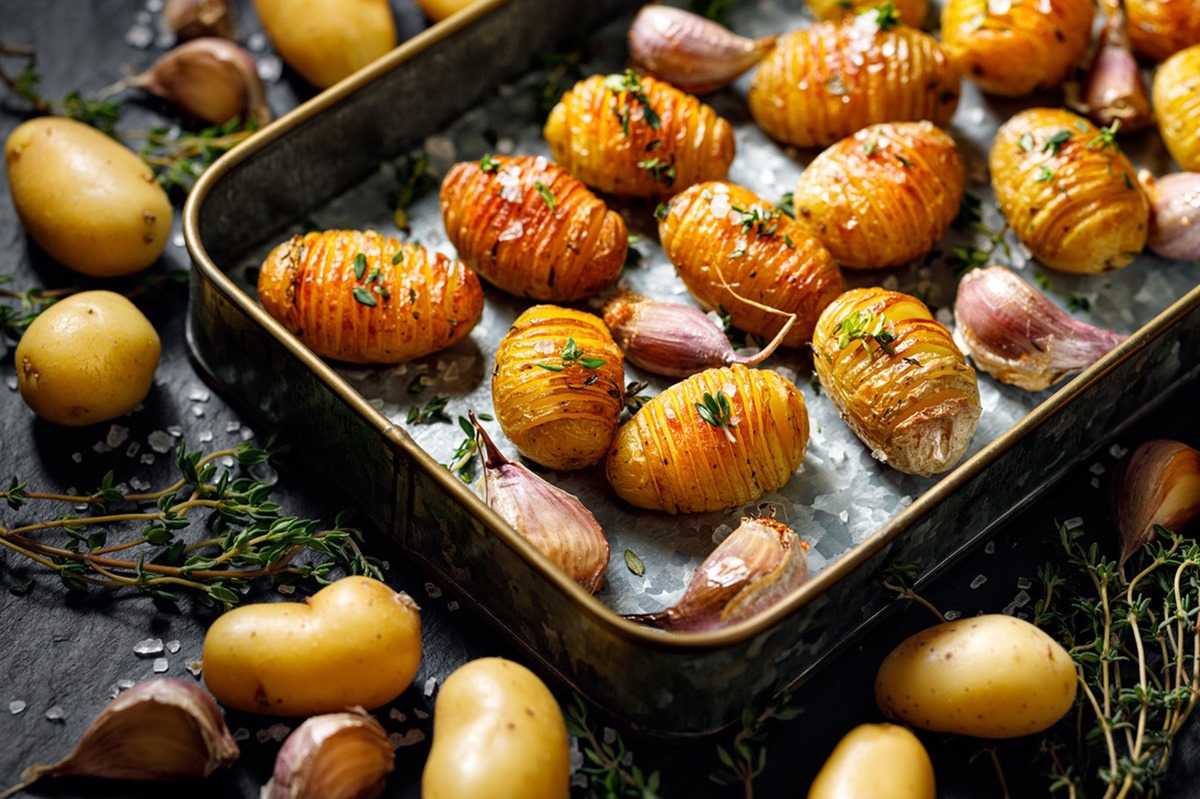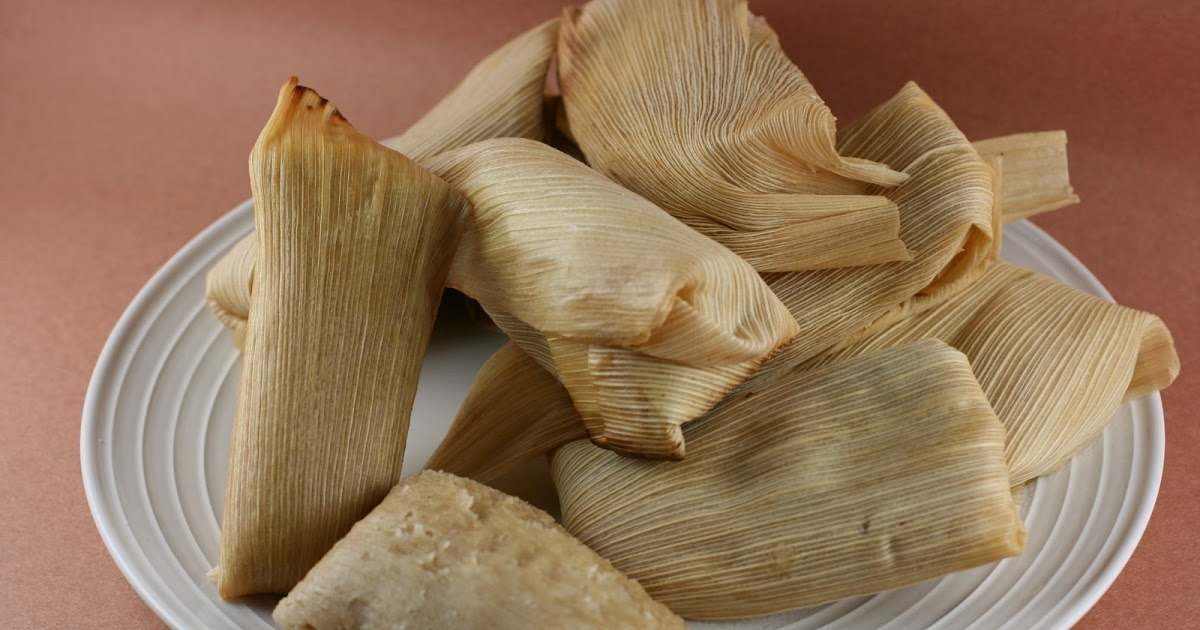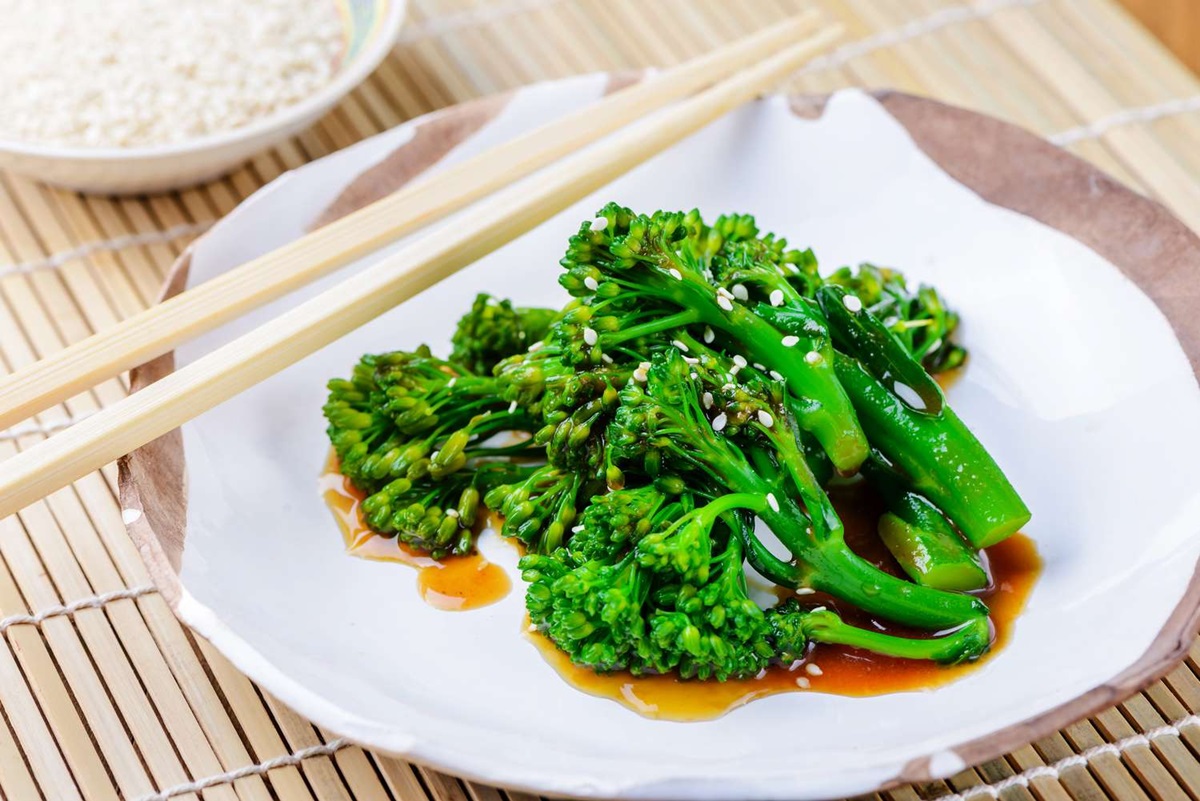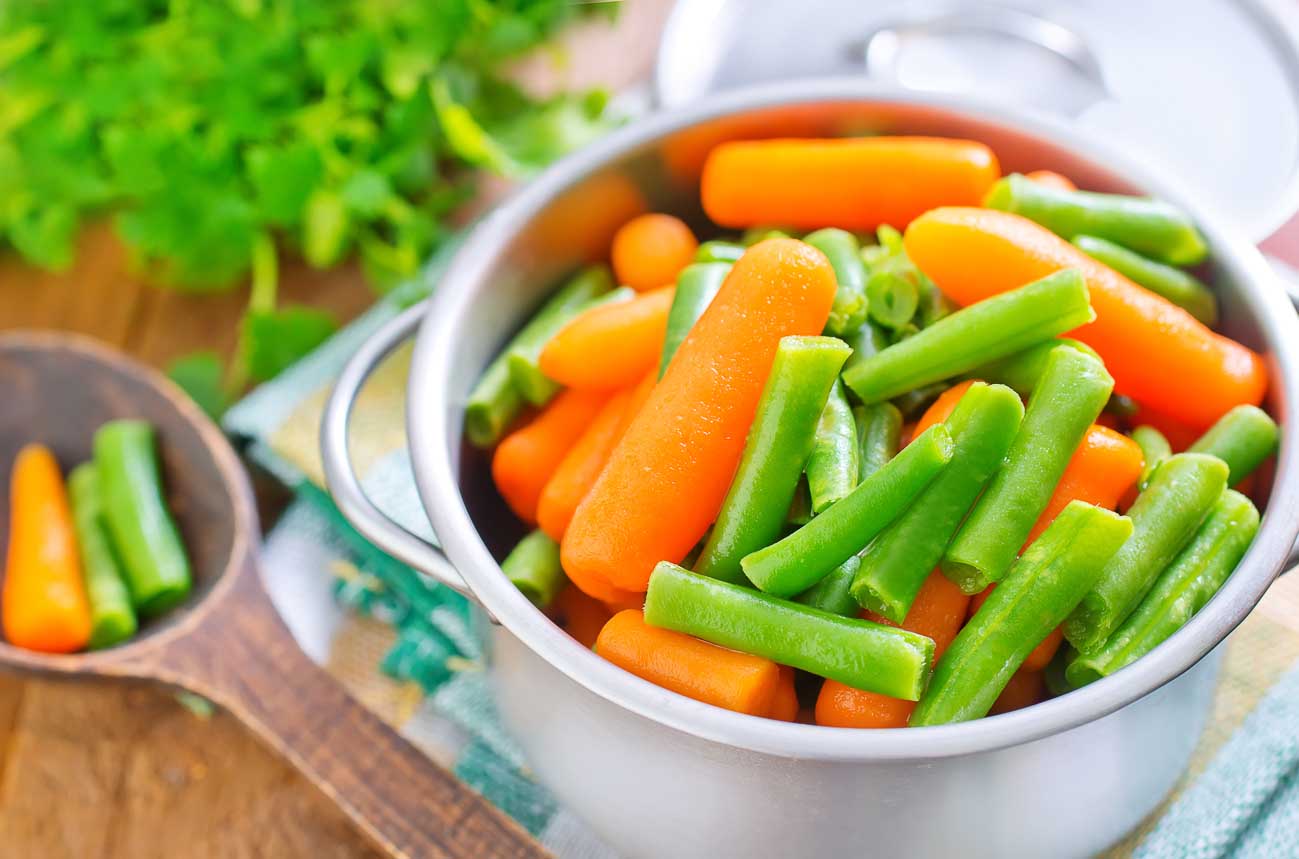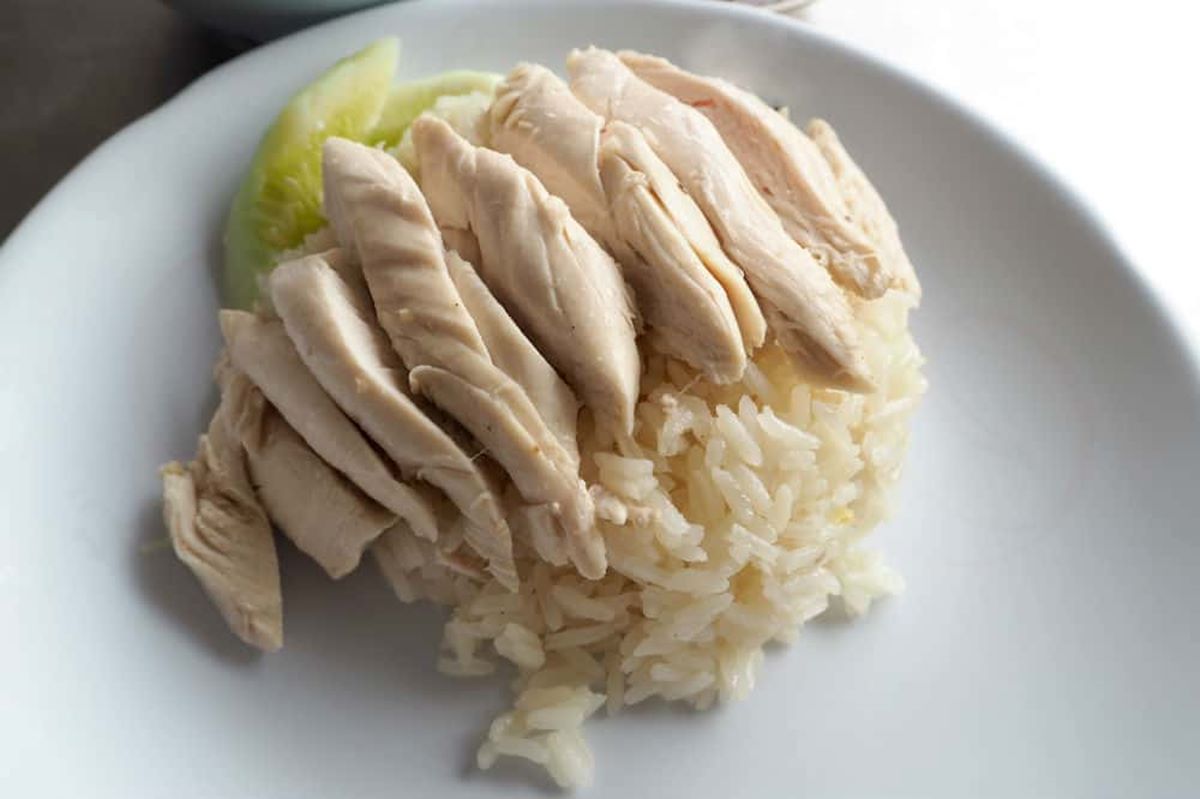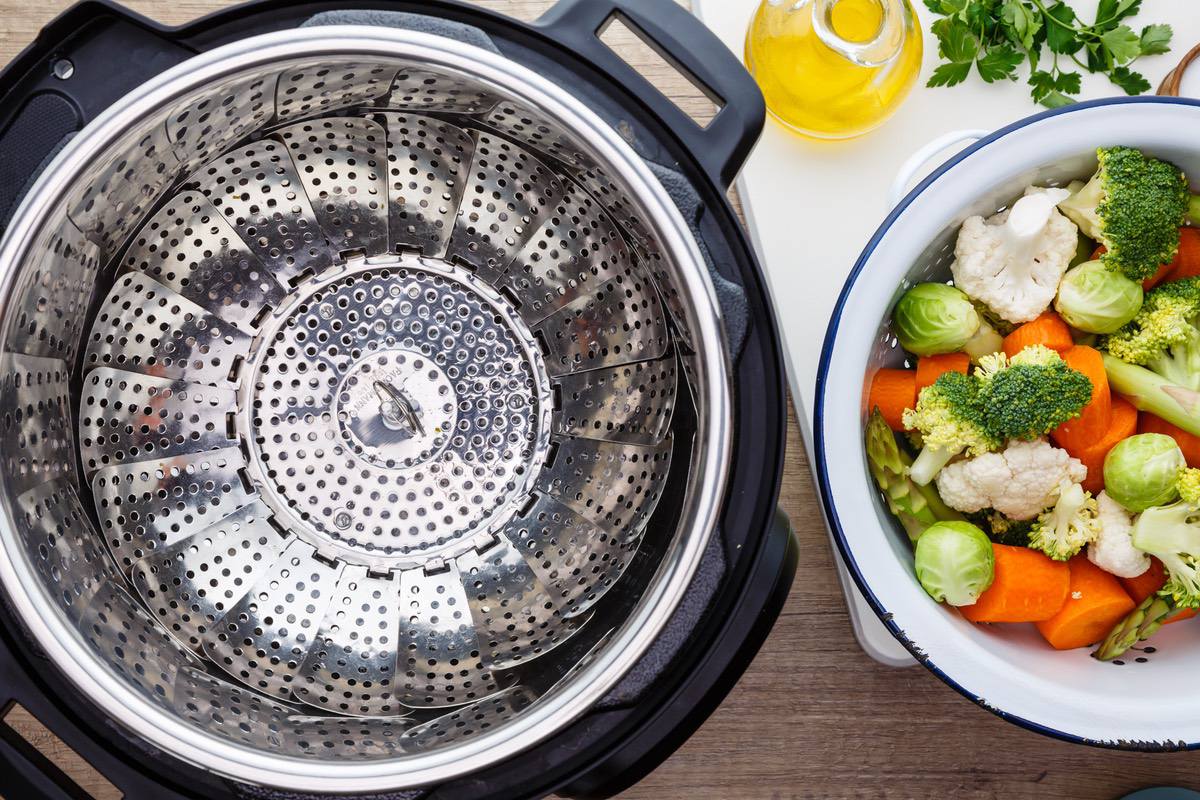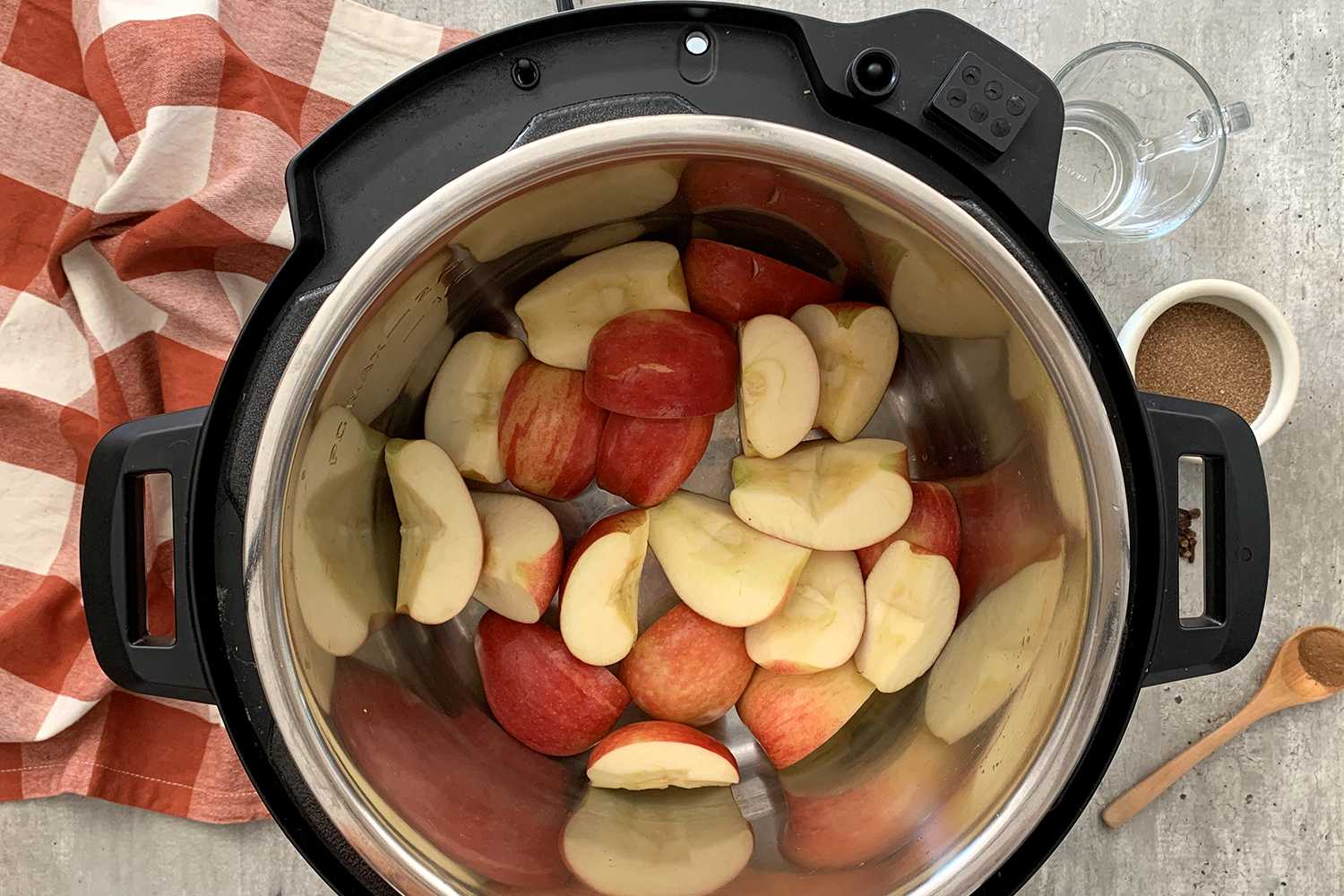How To Steam Beef: A Delicious and Healthy Cooking Method
Steaming is a fantastic cooking technique that preserves the natural flavors and nutrients of ingredients, including beef. Not only does steaming beef ensure a tender and juicy texture, but it also helps to retain its natural juices and flavors. If you have never tried steaming beef before, don’t worry! In this guide, we’ll walk you through the step-by-step process of steaming beef to perfection.
Step 1: Choosing the Right Cut of Beef
When it comes to steaming beef, it’s important to choose a cut of meat that is suitable for this cooking method. Opt for cuts that are tender and have some marbling. Good choices include sirloin, ribeye, or tenderloin. Remember to trim excess fat from the meat.
Step 2: Preparing the Beef
- Start by cutting the beef into thin slices. This will ensure that it cooks evenly and quickly during the steaming process.
- Marinate the beef slices with your preferred seasonings. You can use a combination of soy sauce, garlic, ginger, and a hint of sesame oil for a flavorful marinade.
Step 3: Setting Up your Steaming Equipment
Now it’s time to get your steaming equipment ready. You can use a traditional bamboo steamer or a stainless steel steamer basket placed over a pot of boiling water. Make sure there is enough water in the pot, but it shouldn’t touch the bottom of the steamer basket.
Step 4: Steaming the Beef
- Arrange the marinated beef slices in a single layer on the steamer basket, ensuring that they are not touching each other.
- Cover the steamer with a lid and let the beef cook for about 8-10 minutes. Cooking time may vary depending on the thickness of the slices and desired level of doneness.
Step 5: Checking for Doneness
To check if the beef is cooked to your liking, use a fork or a meat thermometer to test its doneness. A safe internal temperature for beef is 145°F (63°C) for medium-rare, 160°F (71°C) for medium, and 170°F (77°C) for well-done.
Step 6: Serving the Steamed Beef
Once the beef is cooked to perfection, it’s time to plate and enjoy! Serve the steamed beef with a side of steamed vegetables, rice, or noodles. Garnish with fresh herbs like cilantro or green onions to add an extra pop of flavor.
Steamed beef is not only delicious but also a healthy choice as it requires minimal oil and retains its natural nutrients. It’s a versatile dish that can be enjoyed on its own or used in various recipes like stir-fries, salads, or wraps.
So, don’t hesitate to try steaming beef next time you’re craving a flavorful and nutritious meal! With these simple steps, you’ll be able to create a mouthwatering dish that will impress your family and friends.
Explore More Recipes and Ways to Use This Guide
Once you've mastered the art of steaming beef, a world of culinary possibilities opens up. From the simple and healthy Steamed Beef and Broccoli Stir-Fry to the more intricate Asian-Style Steamed Beef Dumplings, each recipe offers a unique way to enjoy this cooking method. For those looking for a fusion of flavors, the Ginger-Soy Steamed Beef with Rice is highly recommended for its aromatic appeal. Alternatively, the Steamed Beef Bao Buns are perfect for entertaining or a family-style meal. Each recipe is designed to enhance your steaming skills while delivering delicious and satisfying dishes.
Was this page helpful?
Read Next: How To Steam Frozen Buns

